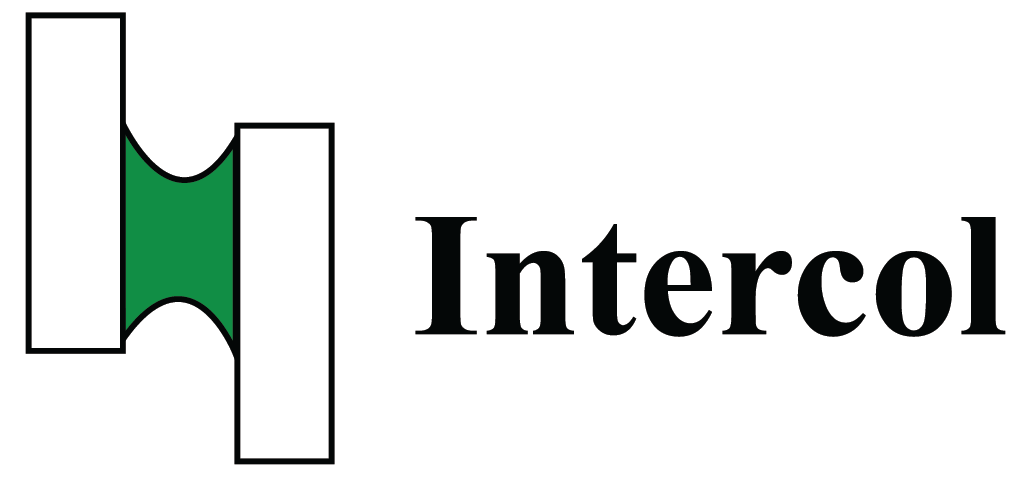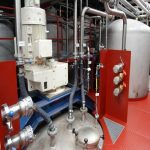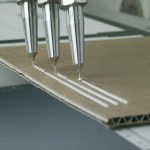| Chociaż kleje topliwe często wyglądają tak samo (kolor i kształt), specyfikacje i użyte surowce mogą być bardzo różne. Wygląd w temperaturze pokojowej nie mówi wiele o składzie chemicznym i chociaż w praktyce często idzie dobrze, mieszanka dwóch podobnie wyglądających klejów topliwych może powodować reakcję nietolerancji chemicznej, co może skutkować ogromnymi problemami.Nawet tolerancyjne chemicznie kleje topliwe mogą, po zmieszaniu, ze względu na wzajemne różnice, na przykład w lepkości, powodować problemy lub przynajmniej być przyczyną nieudanego testu lub niereprezentatywnego przeglądu wydajności adhezji. Często ludzie używają produktów płuczących i czyszczących do czyszczenia maszyn przed zmianą klejów. Chociaż produkty te są bardzo przydatne w określonych przypadkach, w większości przypadków ich stosowanie nie jest zalecane Zmiana kleju - co sprawdzić z wyprzedzeniem? Przed przystąpieniem do zmiany kleju zaleca się przeprowadzenie testu tolerancji kleju. Dostawca kleju może, przy użyciu niewielkiej ilości kleju, wykonać stosunkowo prosty test laboratoryjny, który powie ci więcej o tolerancji chemicznej kleju. Jeśli wynik testu wykaże nietolerancję, kolejne kroki należy wykonać ze szczególną ostrożnością. Krok pierwszy Przede wszystkim należy w jak największym stopniu usunąć klej z systemu. Zbiornik kleju można opróżnić za pomocą punktu spustowego. Należy podjąć niezbędne środki ostrożności ze względu na uwolnienie gorącego kleju. Zaleca się sprawdzenie głównego filtra pod kątem nadmiernego zanieczyszczenia. Jeśli filtr jest mocno zanieczyszczony, należy go wymienić. 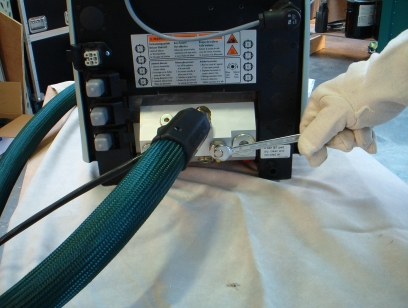 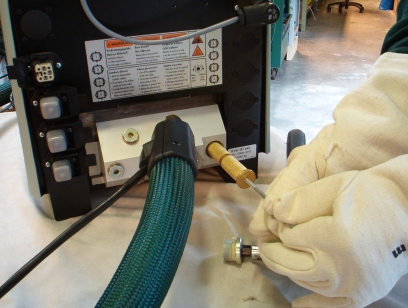 Krok drugi Gdy zbiornik jest pusty, cały system należy ustawić na niską temperaturę. Można utrzymać temperaturę około 20-30 stopni powyżej temperatury topnienia nowego kleju topliwego. Nazywa się to "temperaturą pierścienia i kuli". Następnie zbiornik jest gotowy do napełnienia nowym klejem topliwym. Krok trzeci Aby zapobiec przedostawaniu się istniejących w systemie zanieczyszczeń (spalonych cząstek itp.) do małych kanałów dysz i powodowaniu zatorów, zaleca się odłączenie przewodów. Gdy nowy klej topliwy rozpuści się w zbiorniku, można rozpocząć płukanie rur. Ponieważ nowy klej ma wyższą lepkość w niskiej temperaturze, stary klej jest wypychany z rur. Wymagane jest wyższe ciśnienie pompy. Krok czwarty Gdy wypłukany klej topliwy, który jest uwalniany na końcu odłączonych rur, wygląda na czysty i spójny, system musi zostać pozbawiony ciśnienia i można zamontować dysze. Krok piąty Jeśli przed dyszami znajdują się filtry "in-line", zaleca się ich wymianę. Po zamontowaniu dysz należy je przepłukać nowym klejem topliwym. 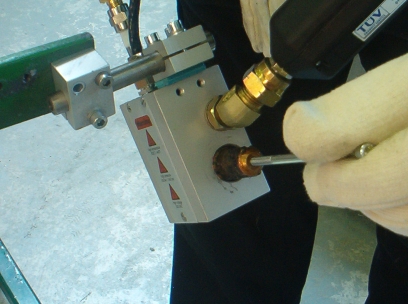 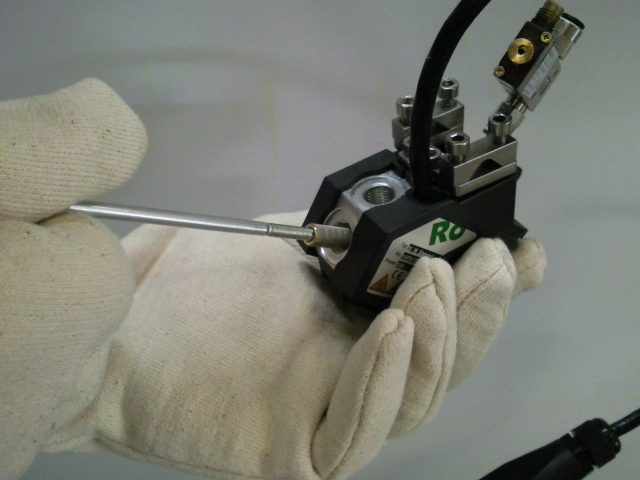 Wszystkie kroki są starannie wykonywane, ale nadal występują blokady. Stare zanieczyszczenia i osady znajdujące się w rurach często nie mogą być w pełni usunięte. Używając nowych, czystych i jasnych gorących stopów, możliwe jest, że stare zanieczyszczenia złuszczają się i powodują zatory. W takim przypadku konieczna jest wymiana rurek. Często zdarza się również, że z powodu przemieszczania się rurek podczas procesu wymiany, stare zanieczyszczenia uwalniają się i powodują zatory w dniach po wymianie. W takim przypadku zaleca się ponowne przepłukanie w niskiej temperaturze. Jeśli nie chcesz wykonywać tych czynności samodzielnie lub nie masz wykwalifikowanego personelu, który może to zrobić, prosimy o kontakt. kontakt na spotkanie z nami lub z dostawcą sprzętu do klejenia na gorąco. |
